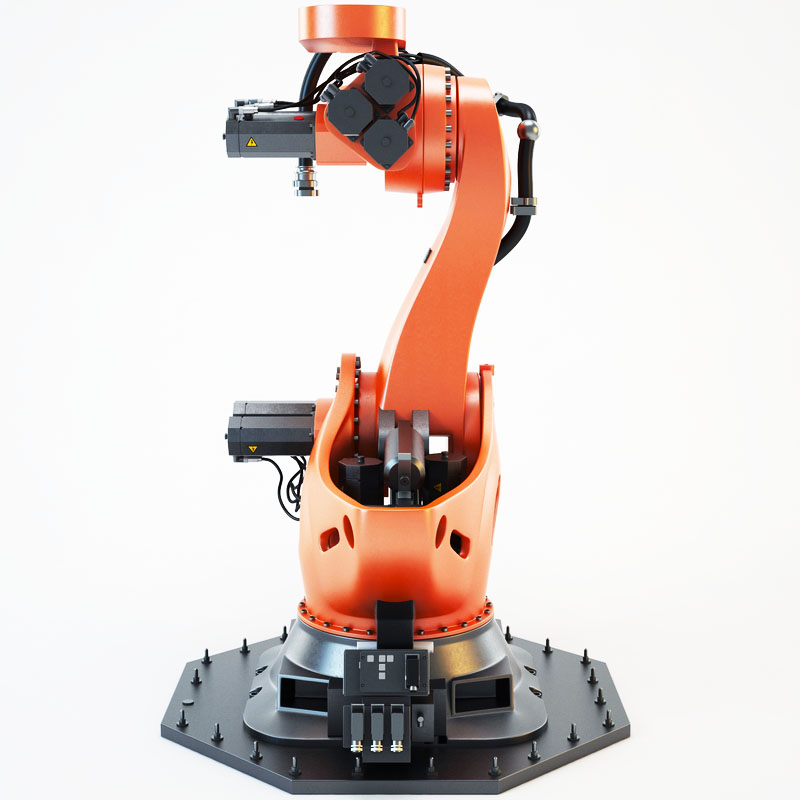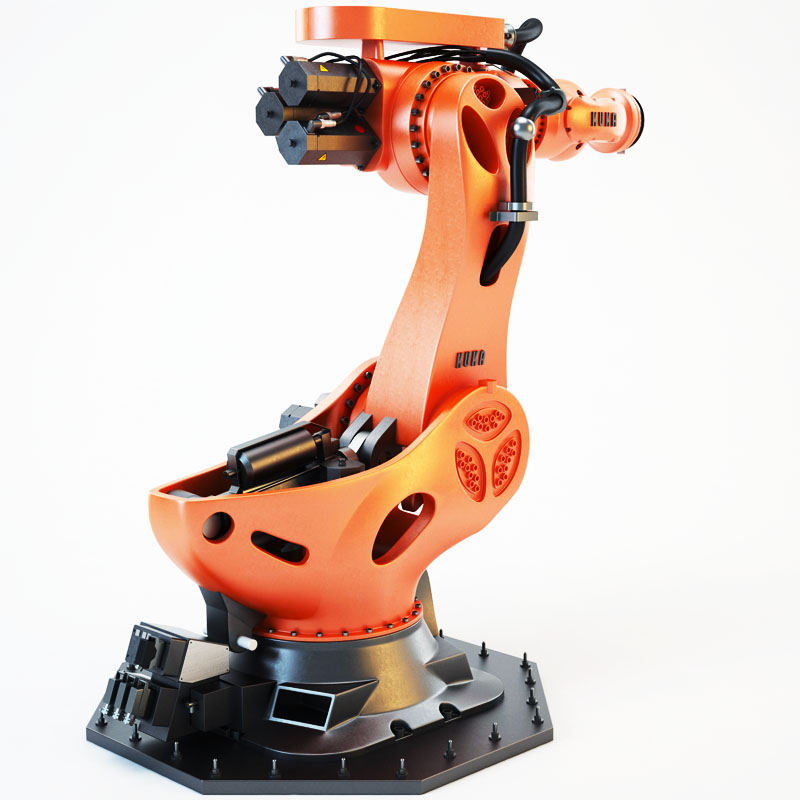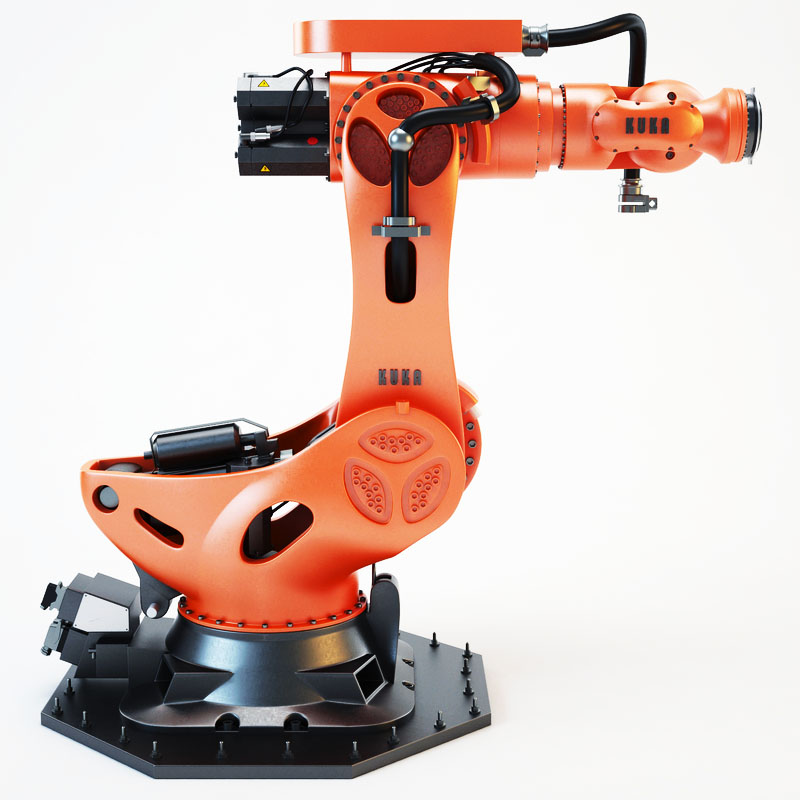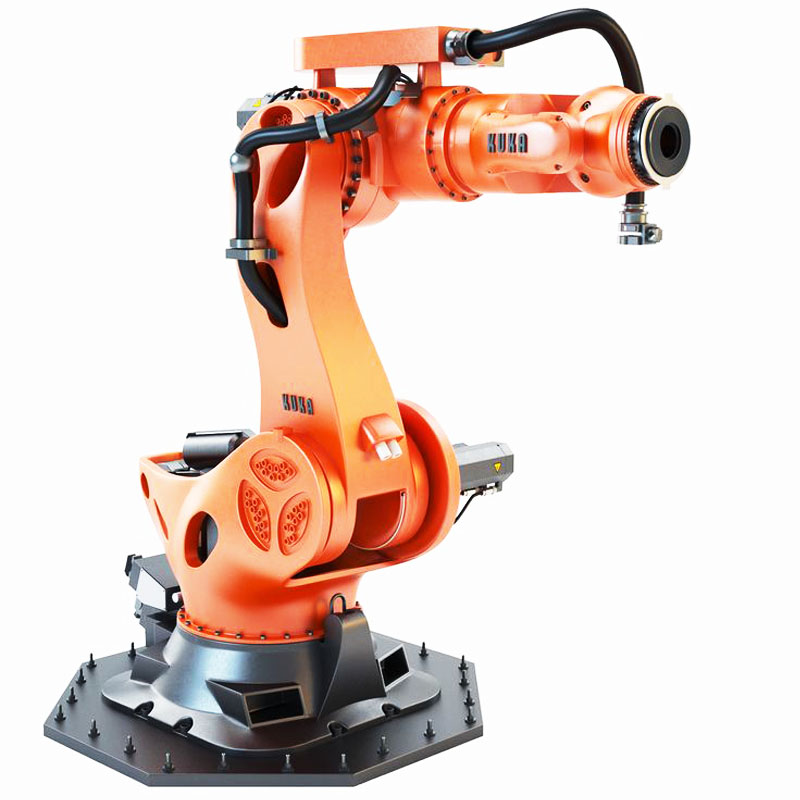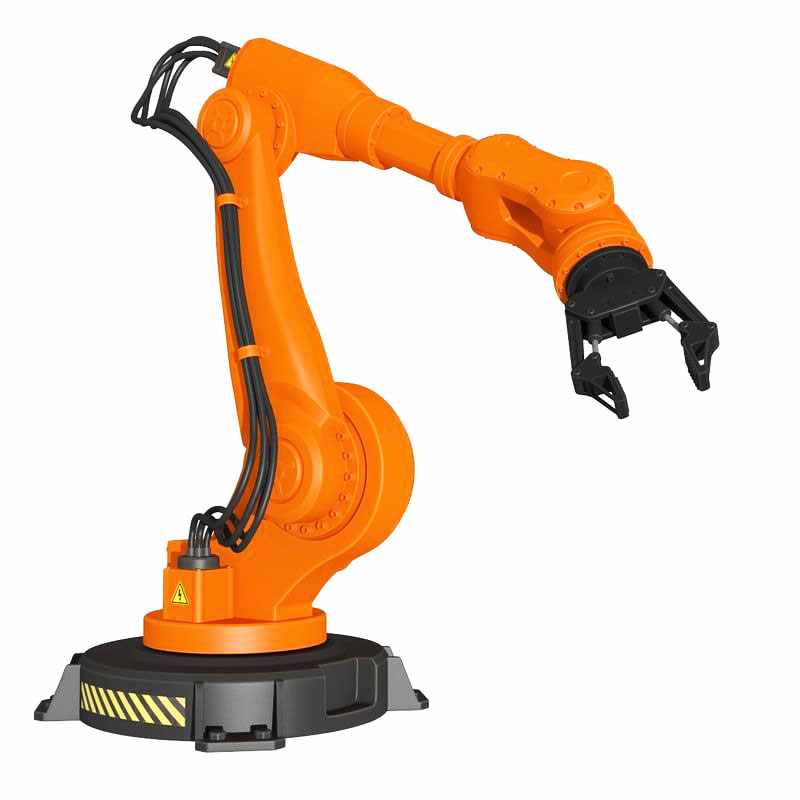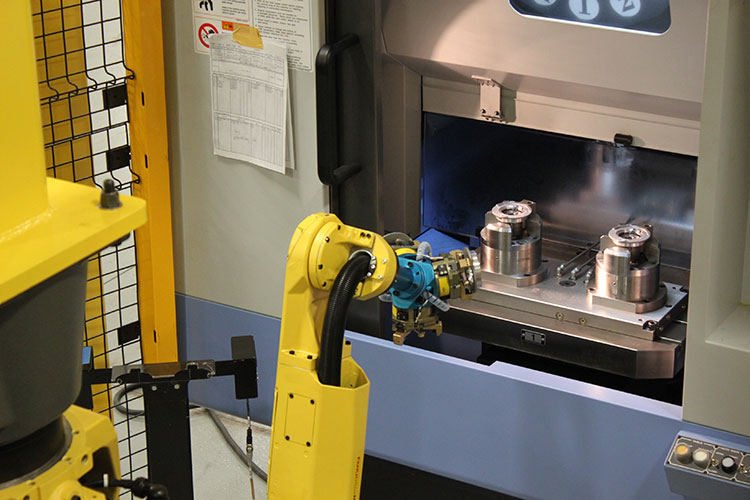Robot In Petroleum Industry
Robot In Petroleum Industry:
1,Increased safety: Robots can perform hazardous tasks in the petroleum industry, such as inspecting pipelines or handling toxic materials, without putting human workers at risk. This reduces the likelihood of accidents and injuries.
2,Enhanced efficiency: Robots can work continuously without fatigue or breaks, leading to improved productivity and reduced downtime. They can also perform repetitive tasks with precision, minimizing errors and improving overall operational efficiency.
3,Cost savings: By automating certain processes, robots can help reduce labor costs and optimize resource utilization. They can also minimize equipment downtime through predictive maintenance, resulting in significant cost savings for petroleum companies.
Catalogue:
Robot In Petroleum Industry:
The integration of robotics in the petroleum industry has revolutionized operations, enhancing efficiency and safety. One notable example is the KCP KUKA KRC4 system, which combines advanced technology with industrial manipulator arms.
The KCP KUKA KRC4 system offers precise control and flexibility, allowing it to perform various tasks in the petroleum industry. Equipped with industrial manipulator arms, it can handle heavy loads, perform intricate movements, and operate in hazardous environments.
These robotic arms are designed to withstand extreme conditions, such as high temperatures and corrosive substances, making them ideal for tasks like pipeline inspection, maintenance, and repair. With their advanced sensors and cameras, they can detect defects and leaks, ensuring the integrity of the infrastructure.
Moreover, the KCP KUKA KRC4 system improves safety by reducing human exposure to dangerous situations. It can be remotely operated, minimizing the risk to workers in hazardous areas. Additionally, these robots can be programmed to perform repetitive tasks with precision, reducing the likelihood of human error.
Another advantage of using robotics in the petroleum industry is increased productivity. The KCP KUKA KRC4 system can work continuously without fatigue, leading to faster completion of tasks. This efficiency translates into cost savings and improved overall performance.
In conclusion, the integration of the KCP KUKA KRC4 system and industrial manipulator arms has transformed the petroleum industry. These robots offer precise control, enhanced safety, and increased productivity. As technology continues to advance, we can expect further innovations in the field, revolutionizing the way we operate in the petroleum industry.


